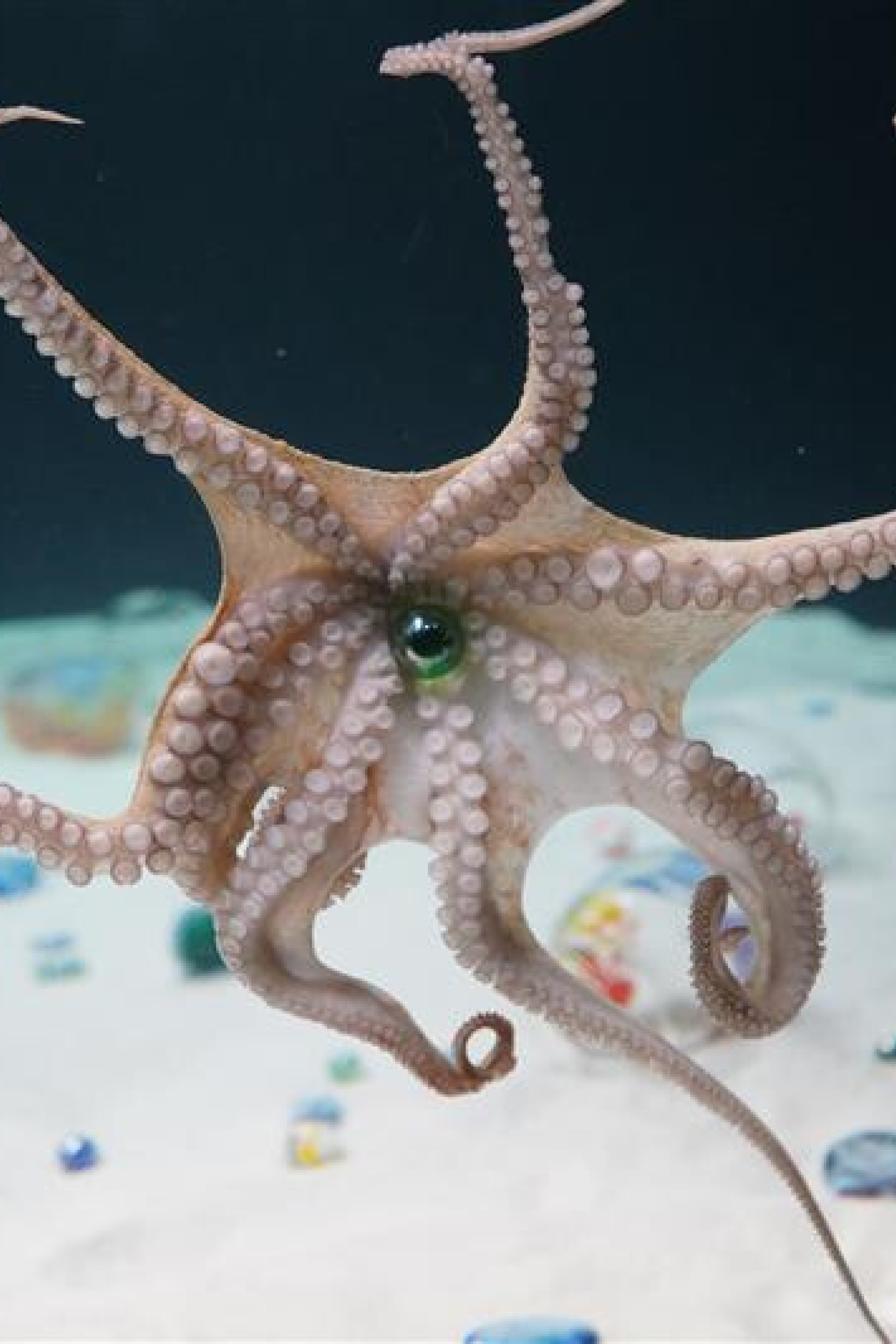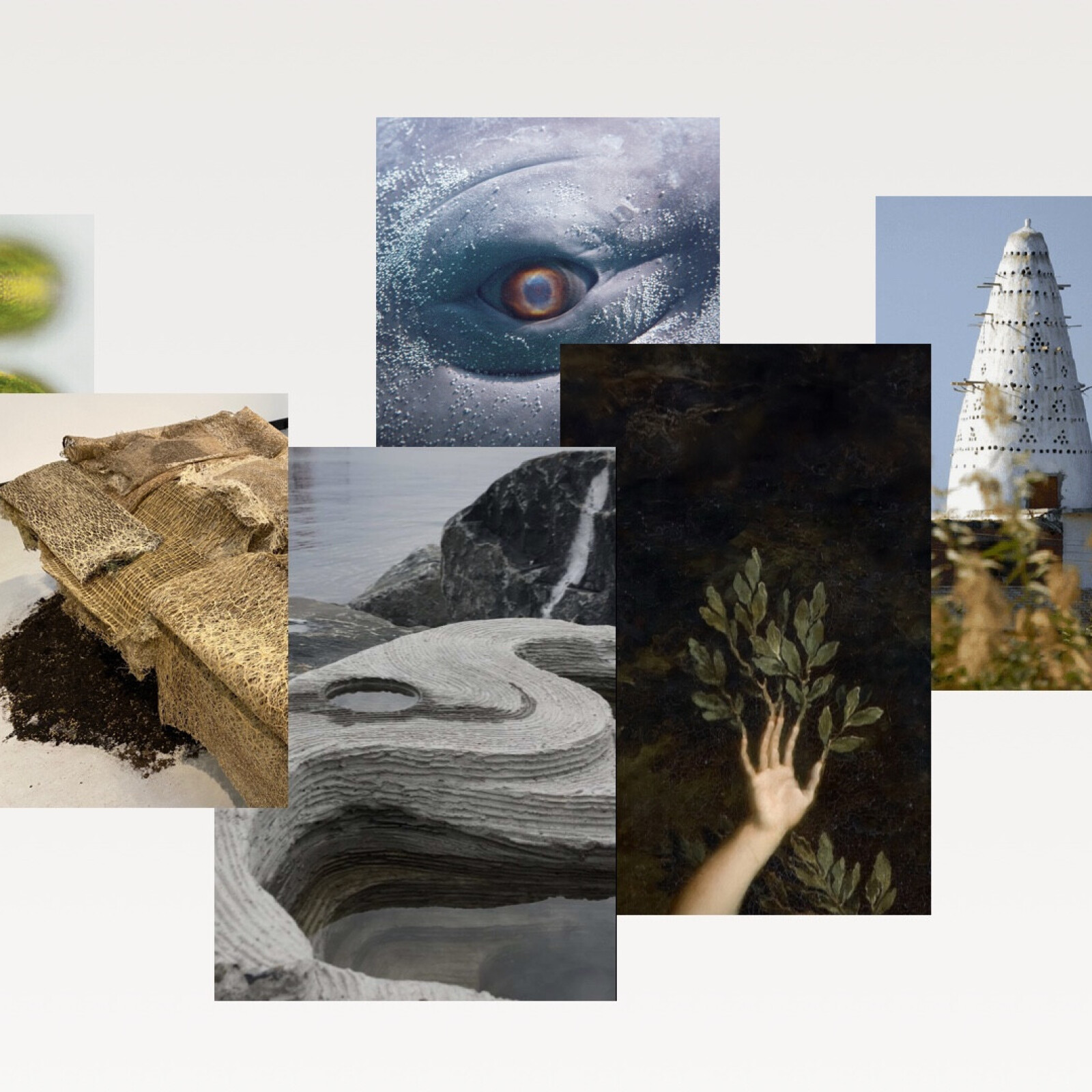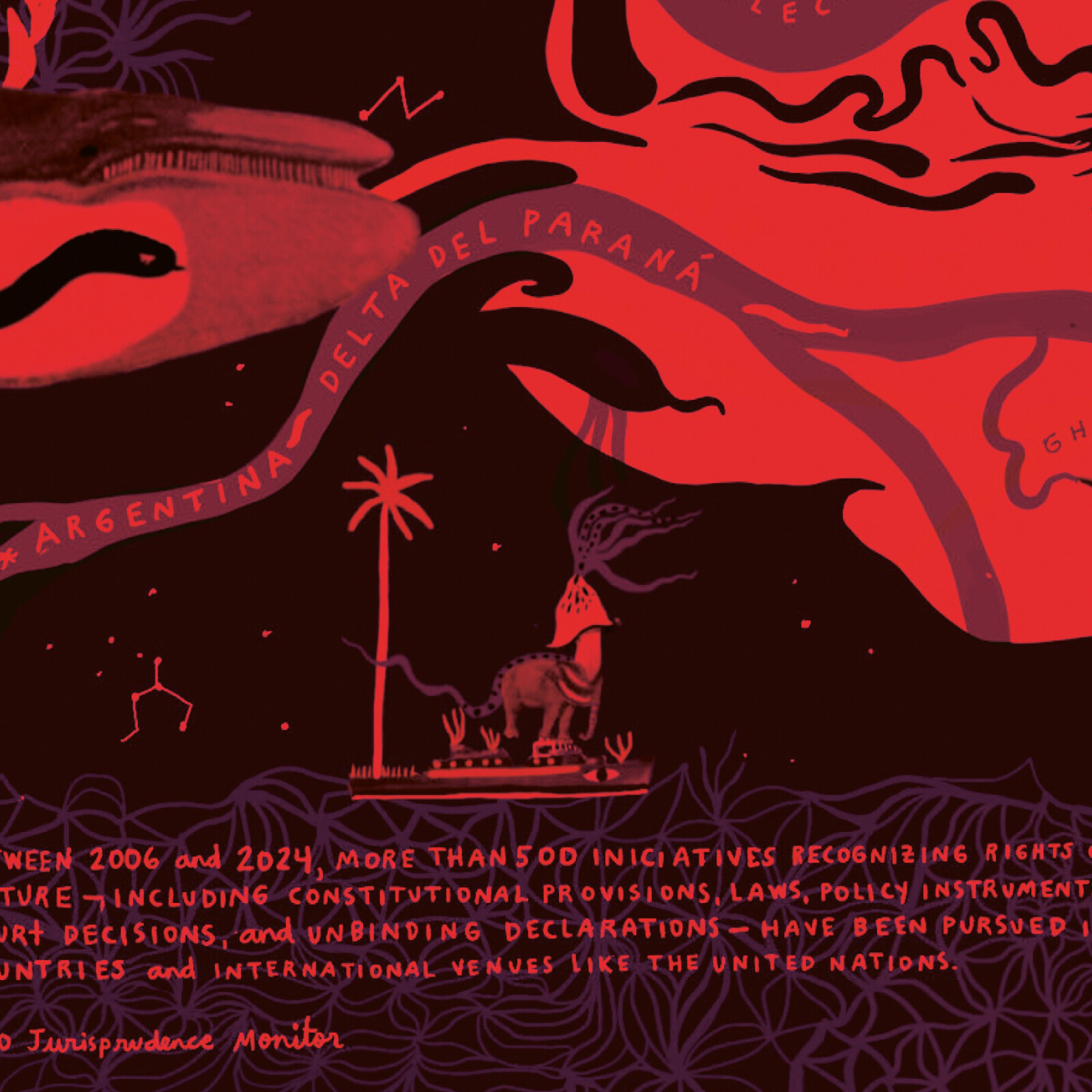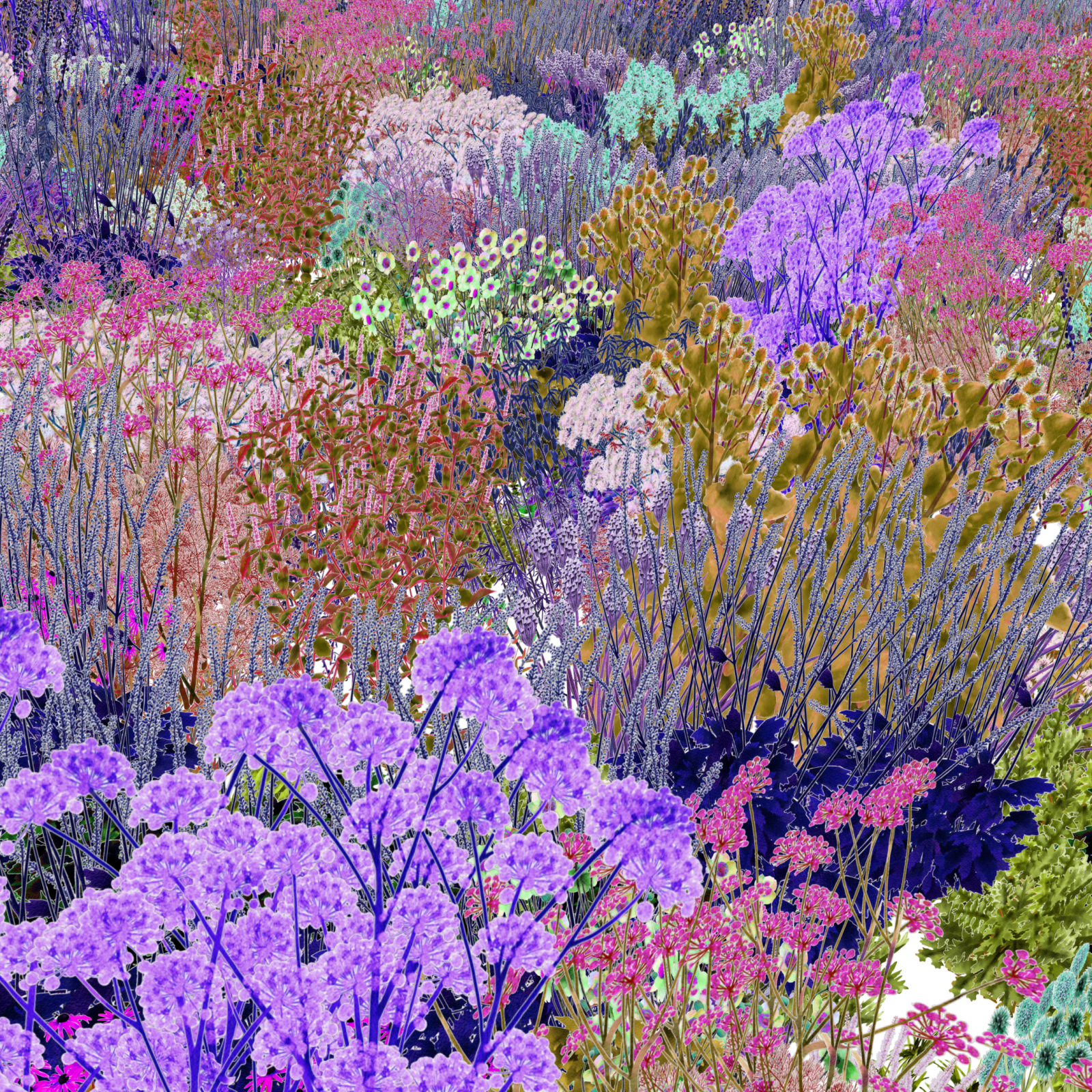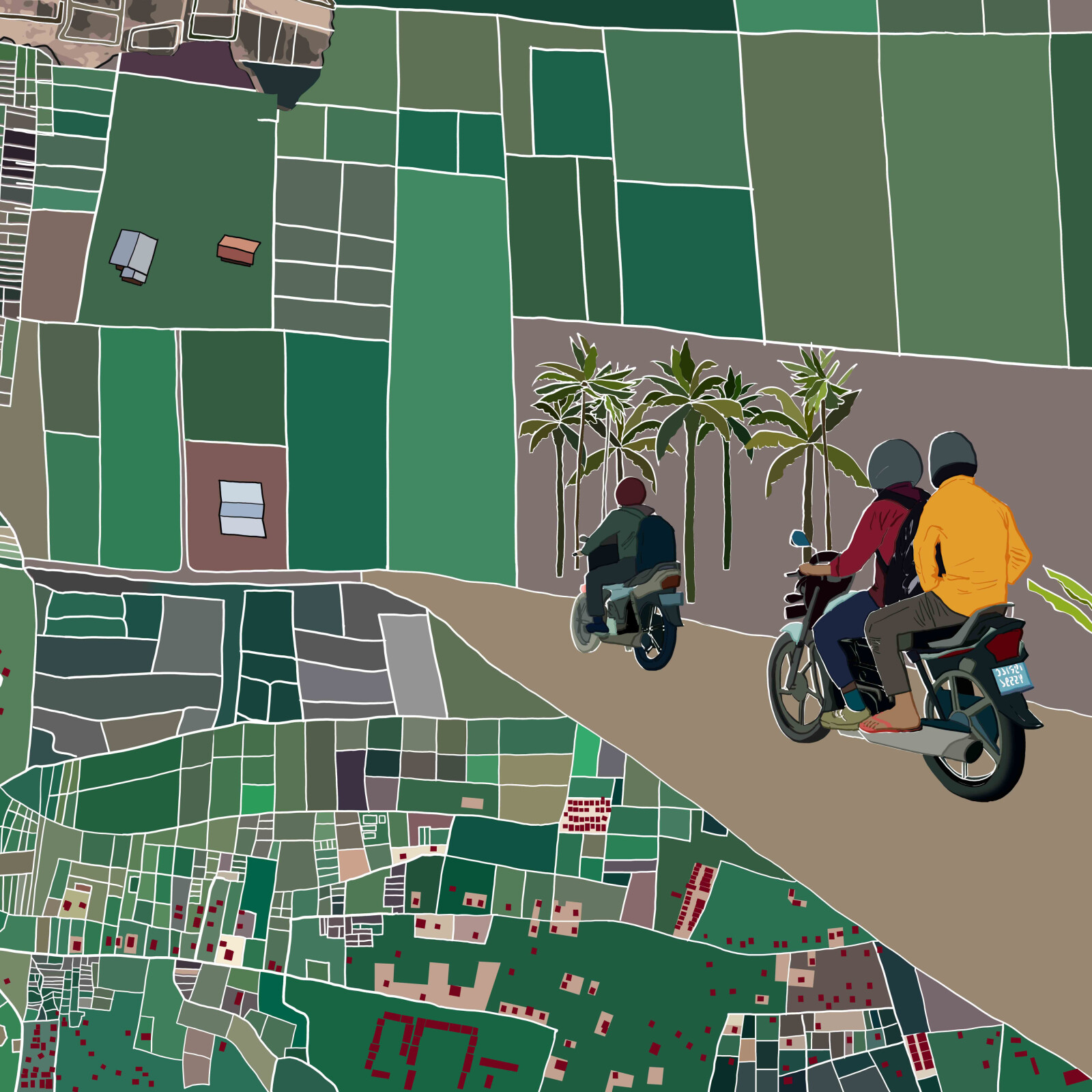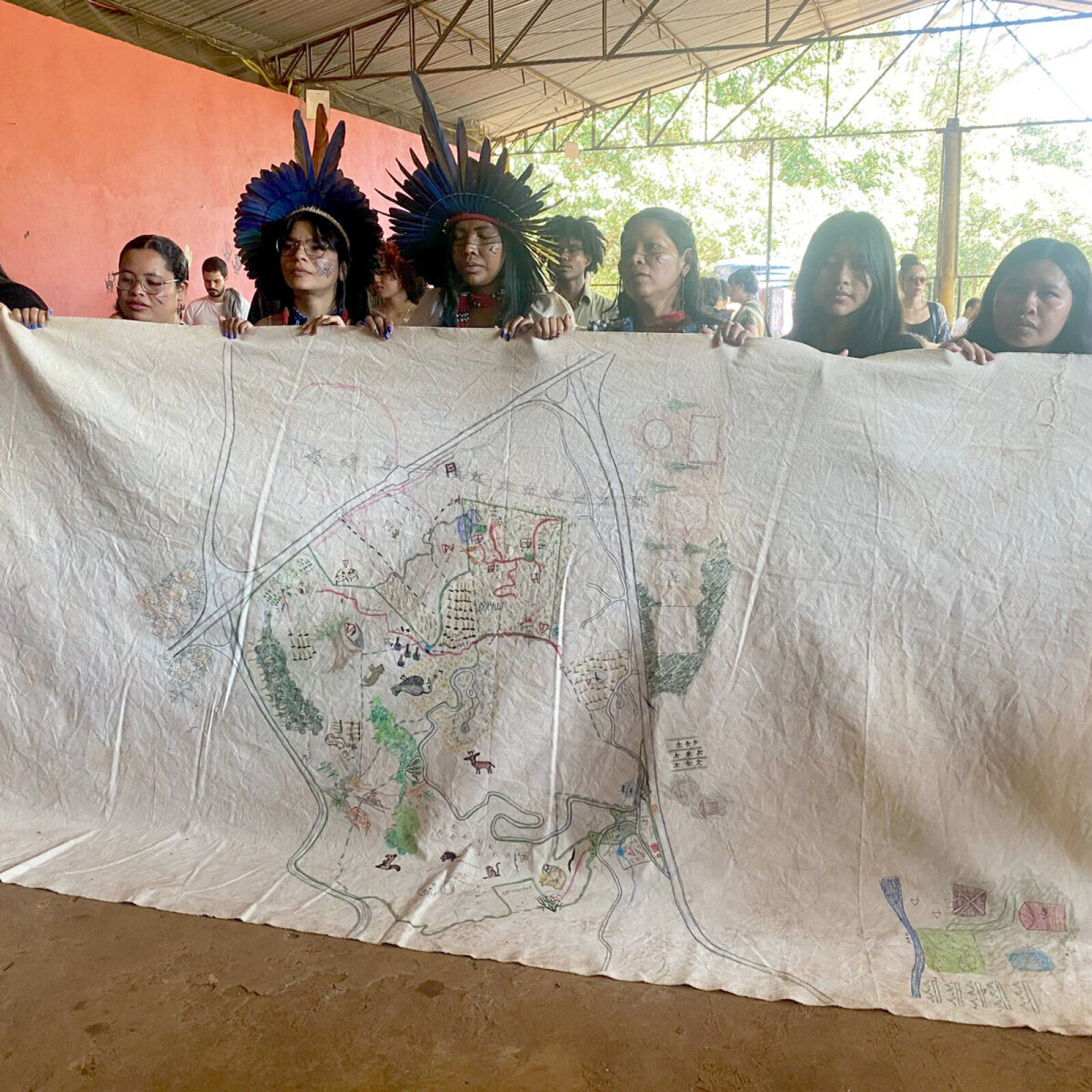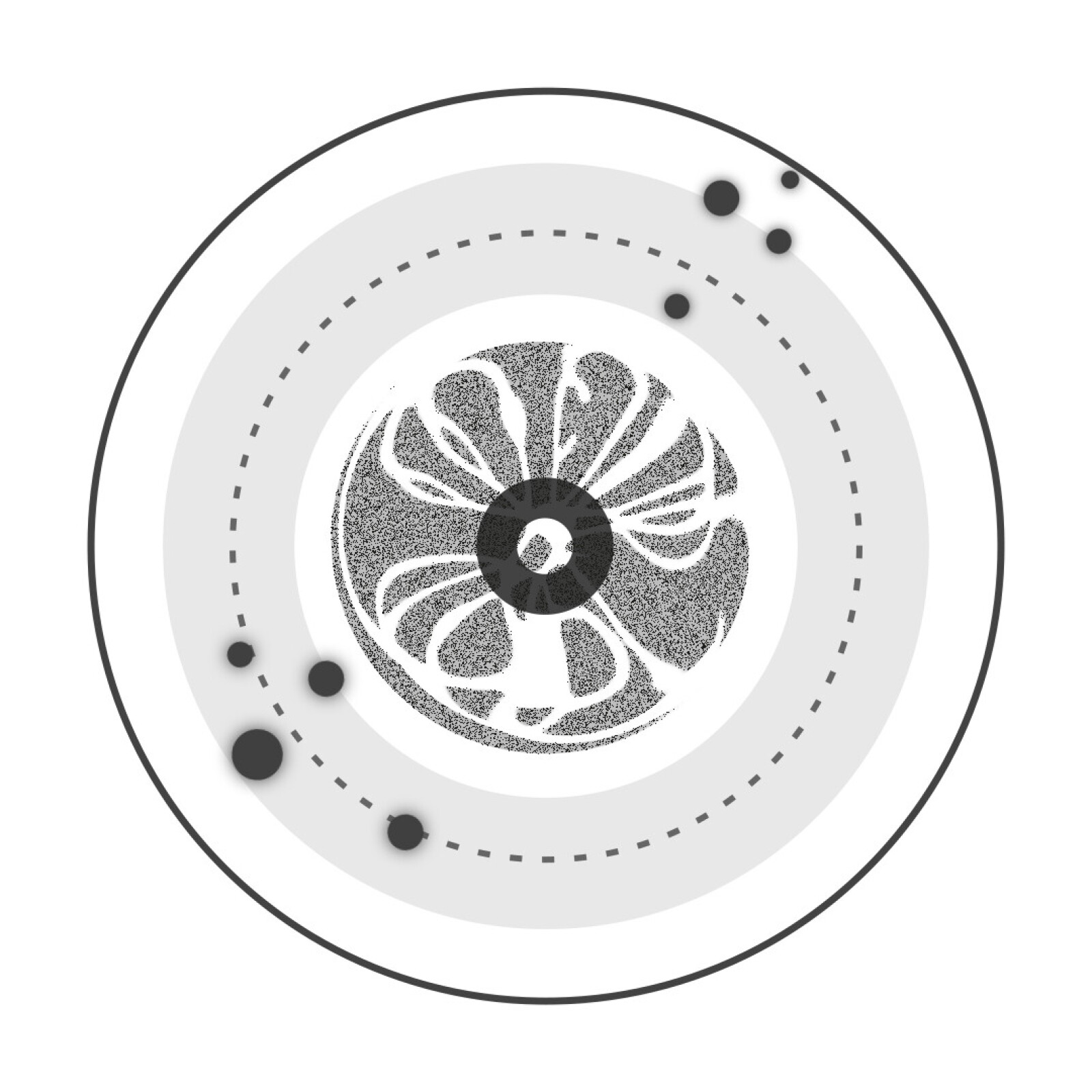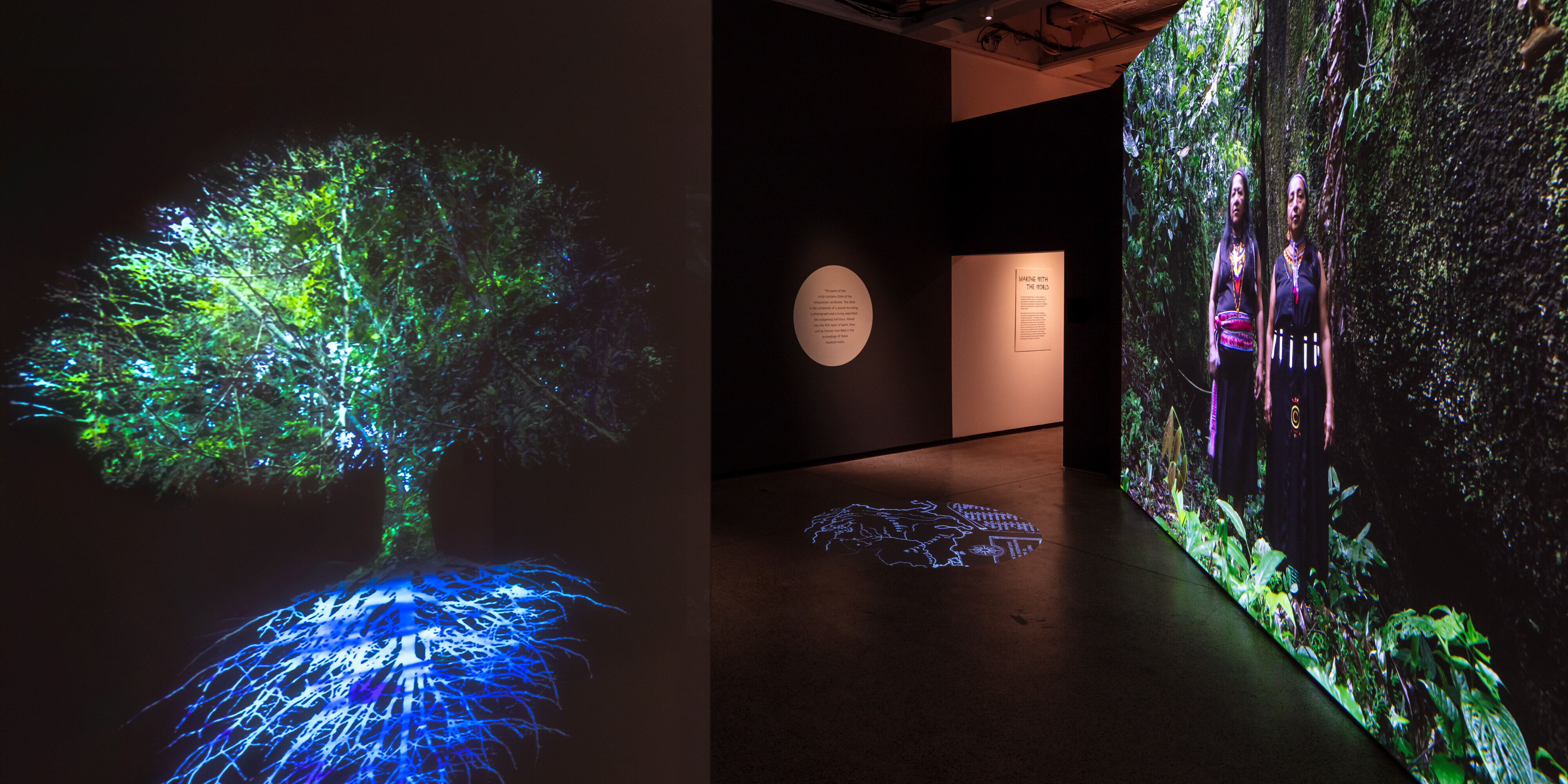
A major exhibition bringing together art, science and radical thinking to ask how design can help our planet thrive by shifting its focus beyond human needs.
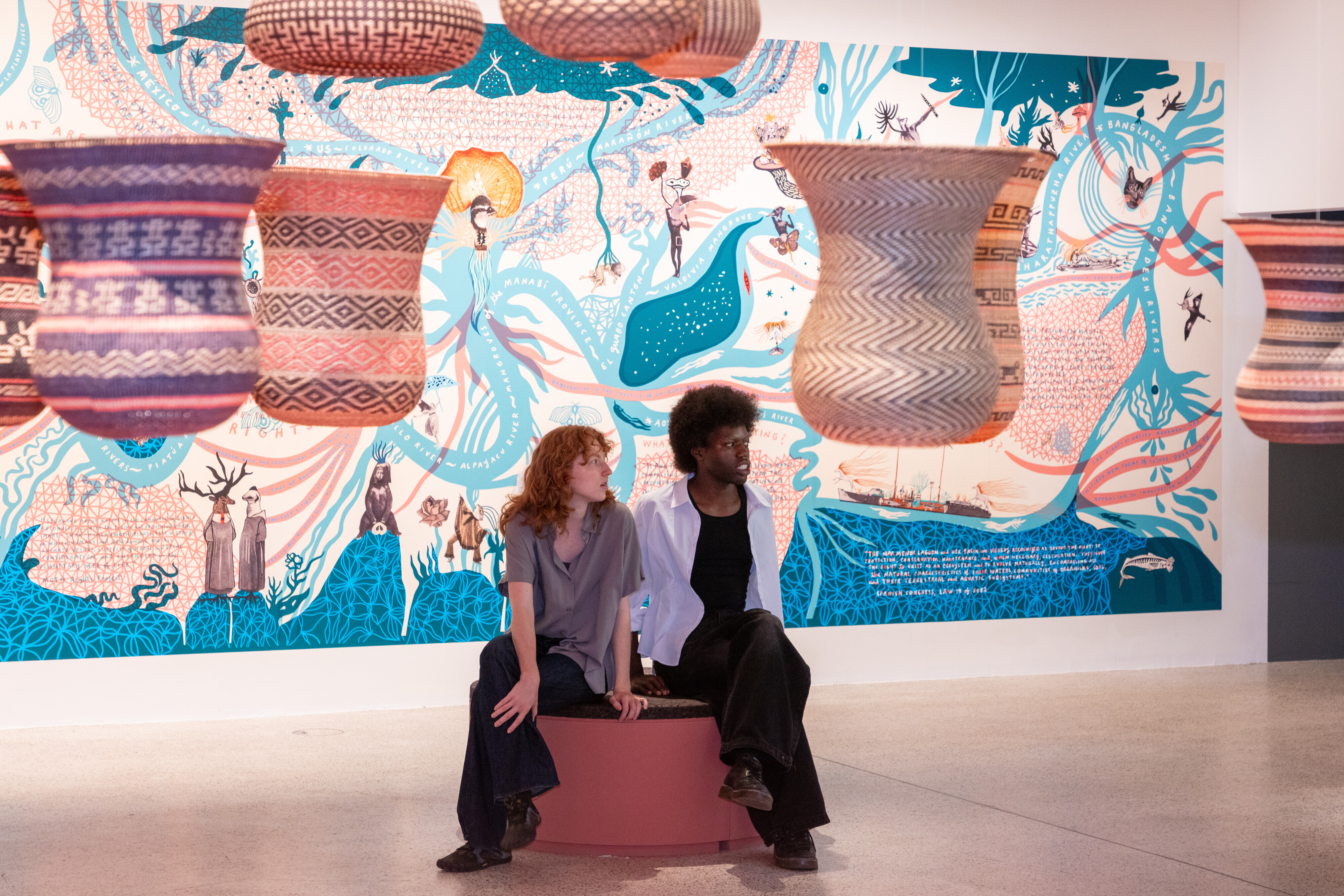
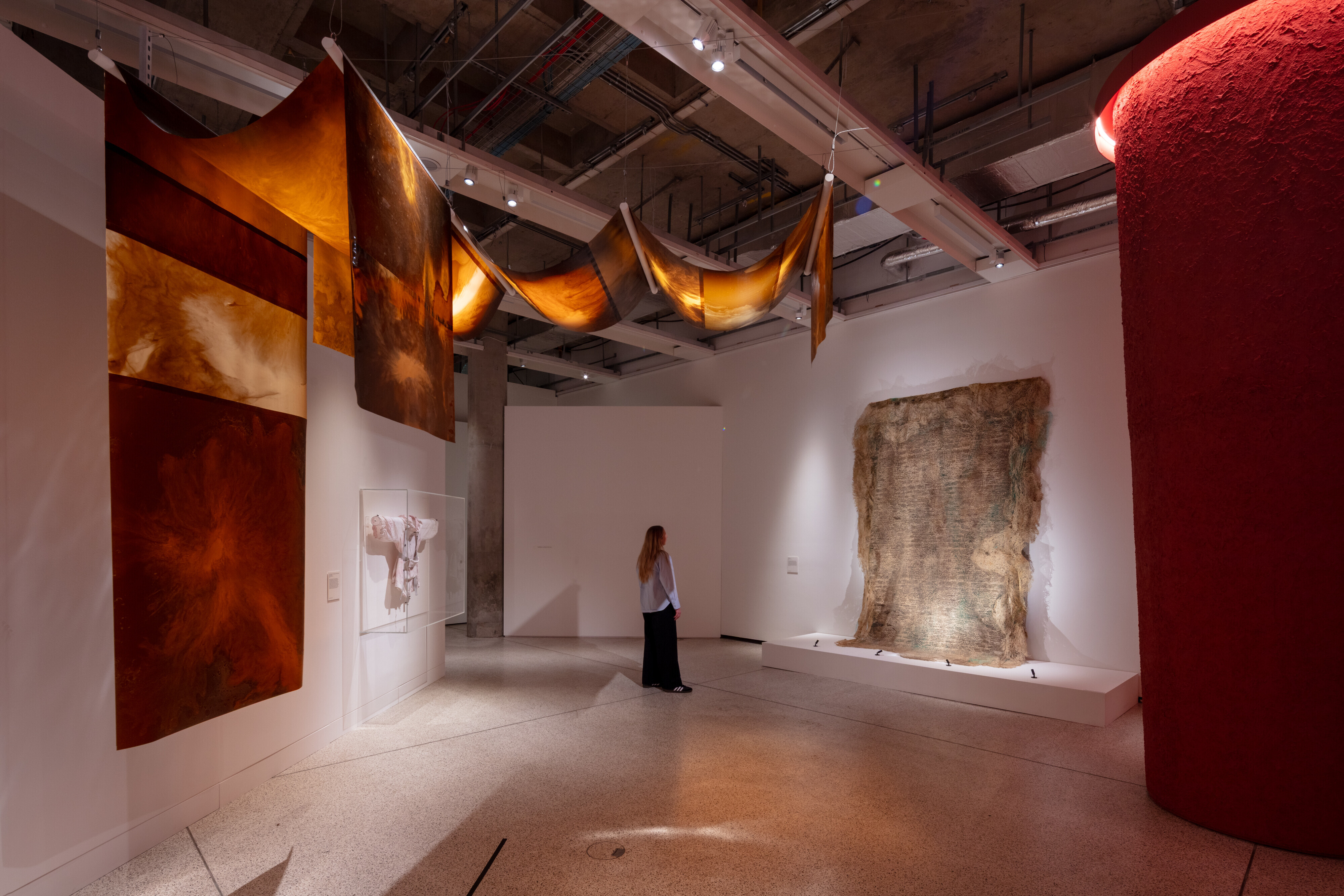
Why has design traditionally only focused on the needs of humans, when we exist alongside billions of animals, plants and other living beings? This groundbreaking exhibition offers a new perspective, one that will be crucial to enabling the planet to thrive.
This will be the first major exhibition on a growing movement of ‘more-than-human’ design, presenting a new generation of international designers whose practices embrace the idea that human activities can only flourish alongside other species and systems. It is created in collaboration with Future Observatory, the Design Museum’s national research programme for the green transition.
Featuring art, design, architecture and technology, this thought-provoking show will present visitors with radical ideas on how to design with — and better understand — the living world. By bringing together over 140 works spanning contemporary and traditional practices, fine art, product design, architecture and interactive installations, the exhibition will explore how humans can relearn to design with and for the natural world in the face of climate emergency.
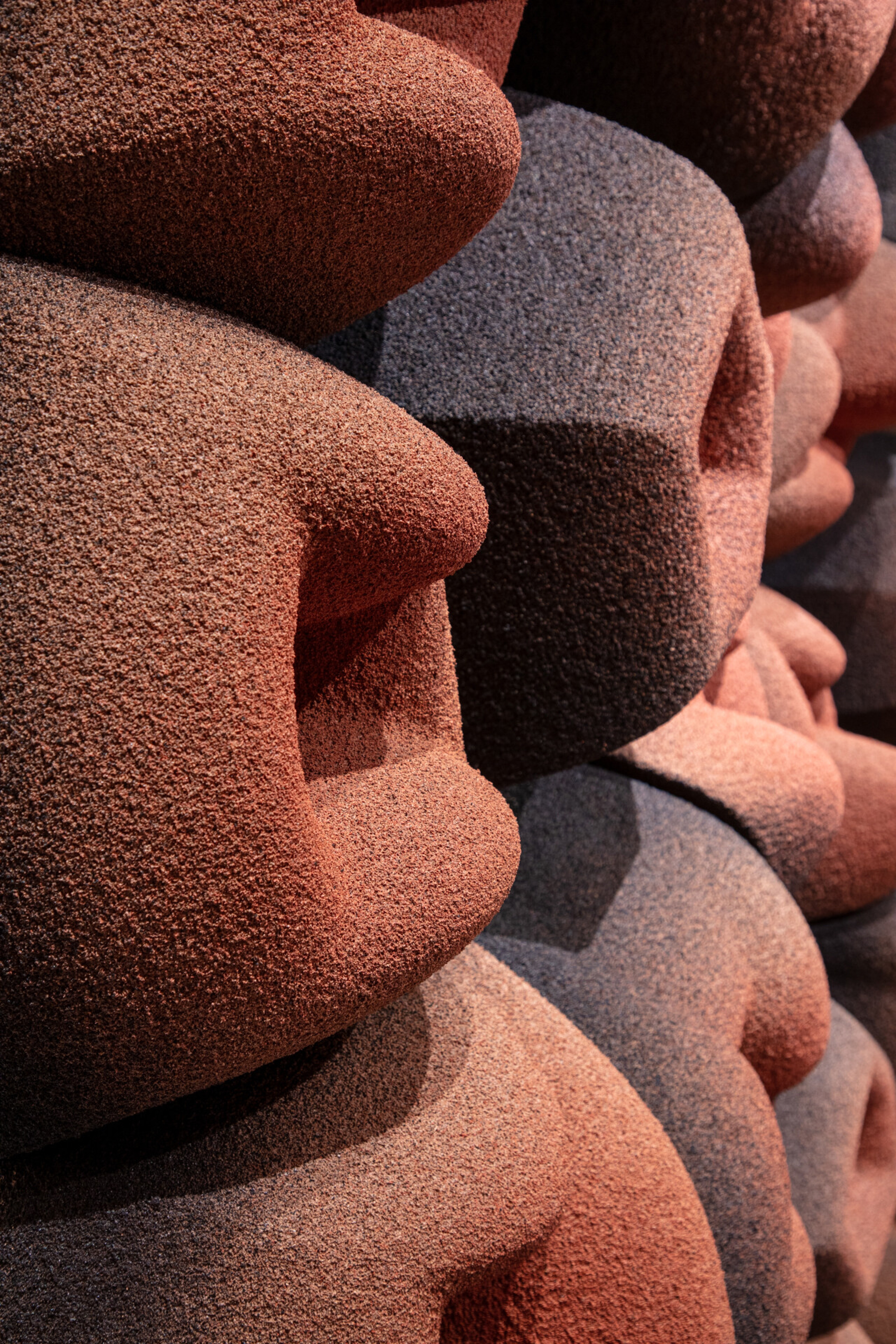
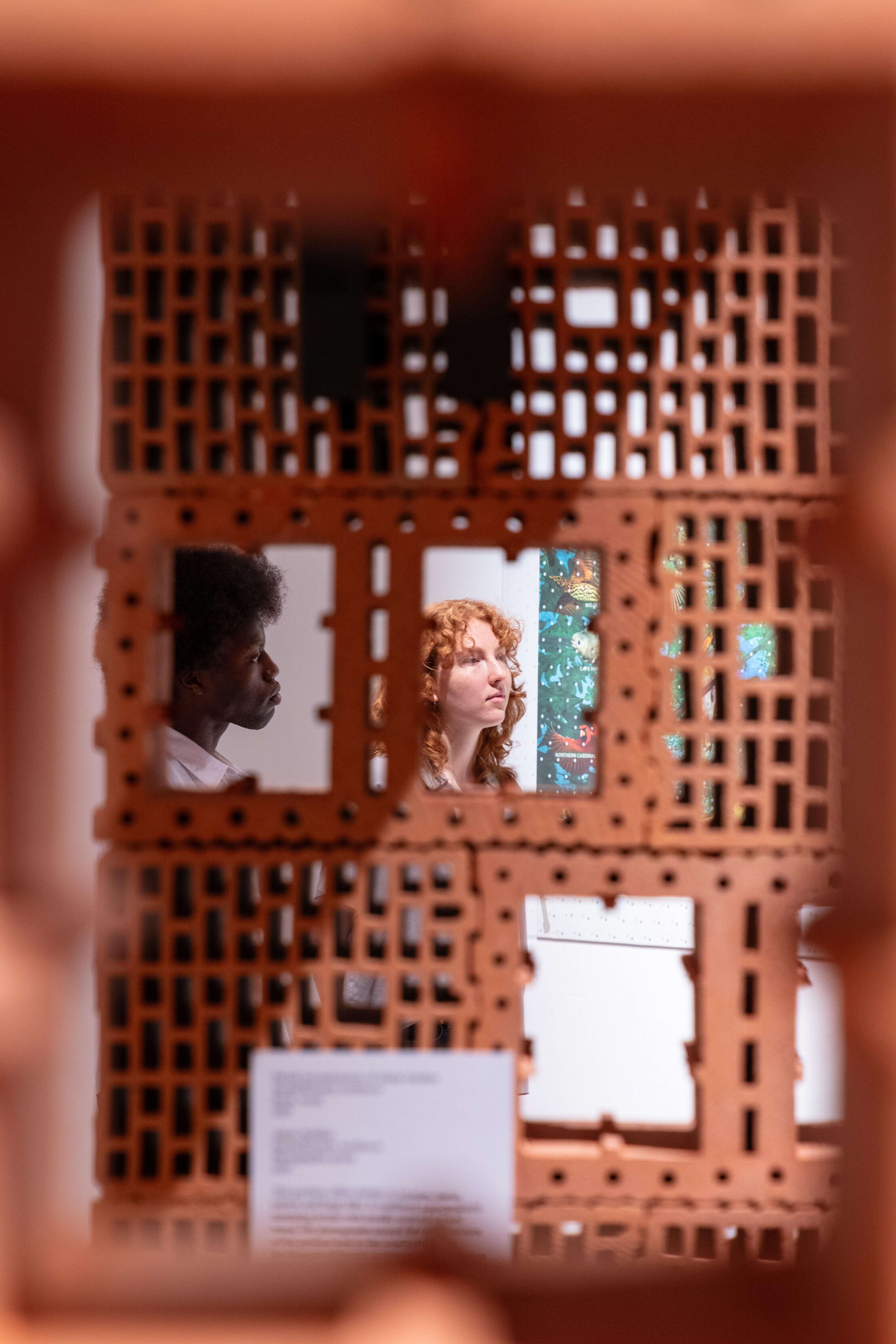
There are more than 50 artists, architects and designers in the exhibition with highlights including artworks for Octopuses by Japanese artist Shimabuku and a brand-new monumental seaweed installation by artist Julia Lohmann created specifically for the exhibition, an organic form that will appear to be growing from the ground of the space. A vast new tapestry that explores the perspectives of pollinators by Alexandra Diasy Ginsberg has been commissioned, as well as a huge 8m mural by MOTH (More Than Human Life Project), depicting the growing movement to award legal rights to waterways around the world. Other new commissions will feature by Paulo Tavares and Feifei Zhou, research fellows supported by Future Observatory.
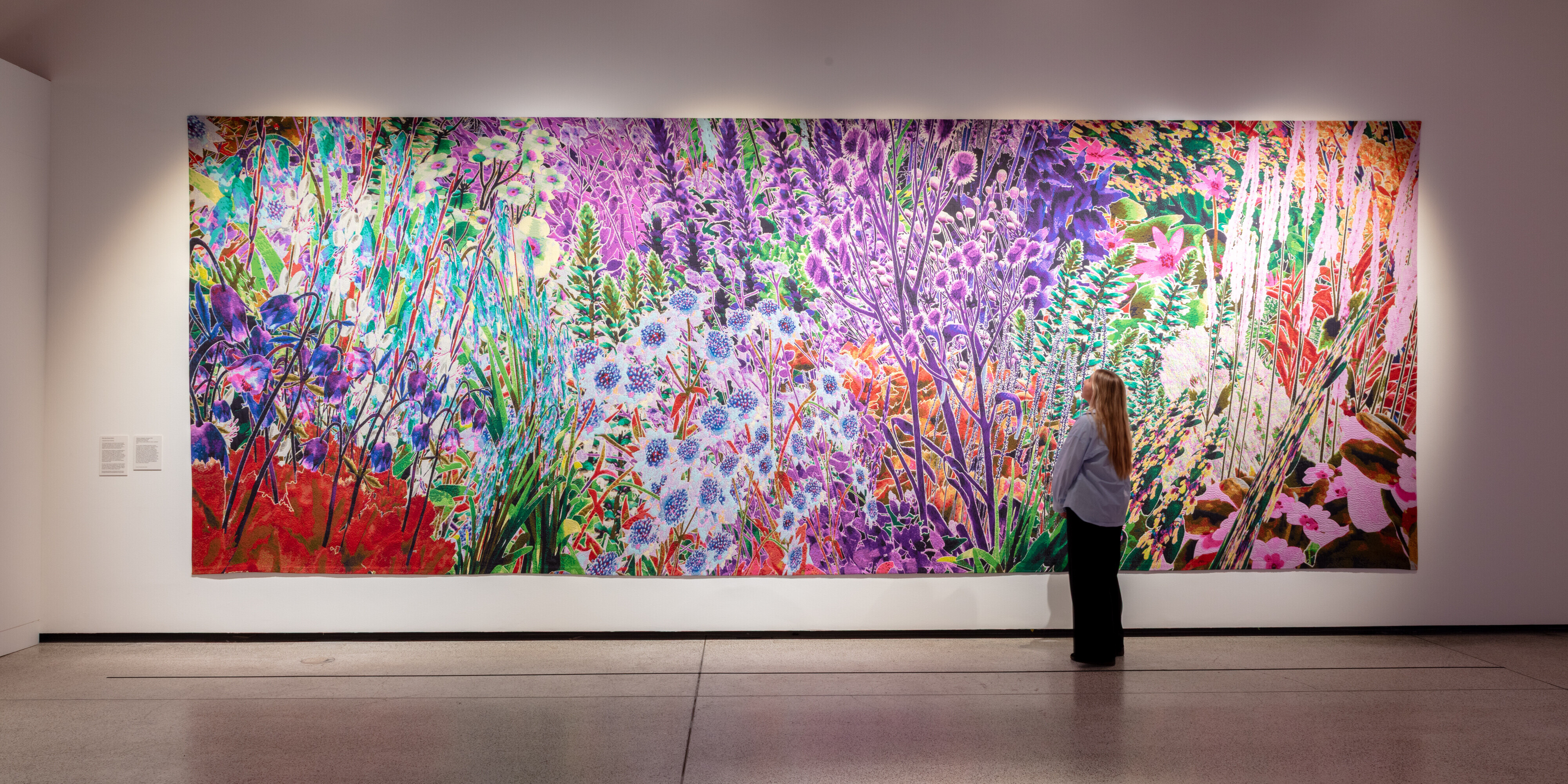
| Booking Information | |
|---|---|
| Adult tickets from | £14.38 |
| Concession | £10.77 |
| Children aged 6 to 15 from | £7.19 |
| Student | £5 |
| Children under 6 | Free |
| Design museum members | Free |
More than Human Student tickets
The Design Museum is committed to furthering education and access to museums for young people. To further spread the important ideas and learnings at the core of More than Human, the museum is offering £5 tickets for students for the entire duration of the landmark exhibition.
We hope this exhibition will inspire the next generation of thought-leaders, designers and makers to create with the natural world in mind and set a new direction for our future in the face of climate emergency. As we reach the tipping point of irreparable damage from climate change, we feel it is important that as many students as possible from across all disciplines should have the opportunity to view this exhibition at such a crucial moment in humanity’s history.
• Tickets are non-refundable and non-exchangeable. Visit our terms & conditions page for further information.
• ICOM cardholders, please contact bookings@designmuseum.org for information on how to book your ticket.
• Please note that the museum accepts digital/card payments only, including ticket desk, shops and cafes.
Design Museum Members go free
Members enjoy unlimited free entry to all exhibitions, even when tickets are sold out. If you're a member, there is no need to book in advance, just turn up with your digital membership card. Become a Member to enjoy a whole year of unlimited access to all our exhibitions, plus discounts in our public programme, shops and cafes.
Opening times
The museum opens daily from 10:00 to 17:00.
Please check our Opening times page for further information on opening hours, including cafes and shops.
